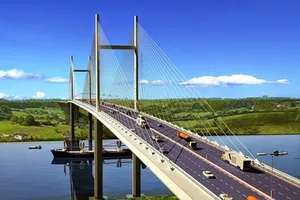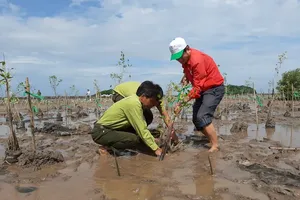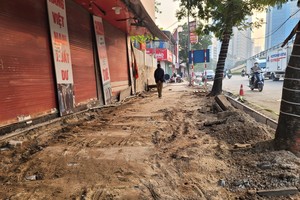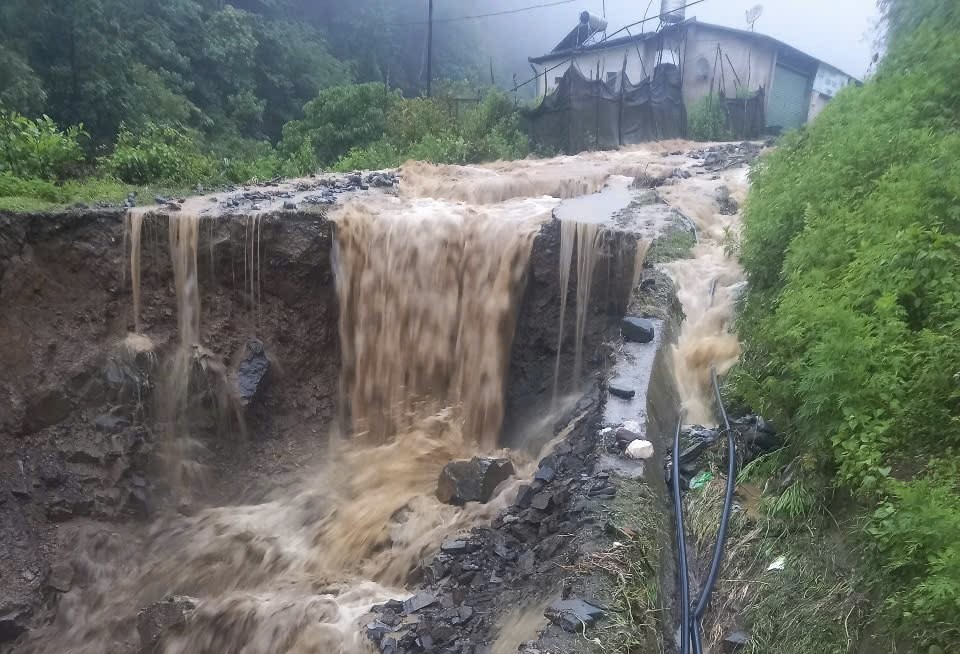
A deadly landslide struck Sa Pa Town in the early hours of May 15, claiming the life of a local resident. The incident occurred at 4:40 a.m. in Residential Group No.7, Sa Pa Ward, when a mass of earth and rock suddenly collapsed, engulfing a home while its occupants were asleep.
According to the Department of Dike Management and Disaster Prevention, the victim was identified as Vu Thi Loan, 67, who was killed when debris inundated her house.
In the immediate aftermath, local authorities mobilized emergency response teams, offered initial support to the victim's family, and began monitoring weather conditions closely. By midday, disaster preparedness efforts remained in effect as officials braced for the possibility of further landslides or flash floods in the region, given the continuing risk posed by unstable terrain and heavy rainfall.
Meanwhile, in Bac Kan Province, an emergency situation has been officially declared following the sudden appearance of seven sinkholes in Kim Lu Commune, Na Ri District. On the same day, Mr. Nong Quang Nhat, Vice Chairman of the provincial People's Committee, signed the decision in response to the escalating geological threat.

The subsidence has directly endangered 21 households—comprising 92 residents—in Hiep Luc Hamlet and disrupted approximately 12 hectares of farmland. Two households have already been evacuated under emergency protocols. Although the precise cause of the ground collapse has yet to be determined, the risk of further incidents remains high. Notably, the largest sinkhole emerged in the center divider of National Highway 3B, creating serious traffic hazards.
In response, provincial authorities have ordered affected areas to be filled with compact materials, accelerated evacuations, and ensured logistical support at temporary shelters. They have also urged the Vietnam Institute of Geosciences and Mineral Resources to swiftly investigate the geological origins of the phenomenon and assess the potential for wider spread, to inform timely mitigation measures.
Tra Vinh declares state of emergency over dike collapse on Con Ho Islet
Mr. Le Van Han, Chairman of the Tra Vinh Provincial People’s Committee, on May 15, announced an official state of emergency following the collapse of a protective dike system on Con Ho Islet, located in Duc My Commune, Cang Long District.
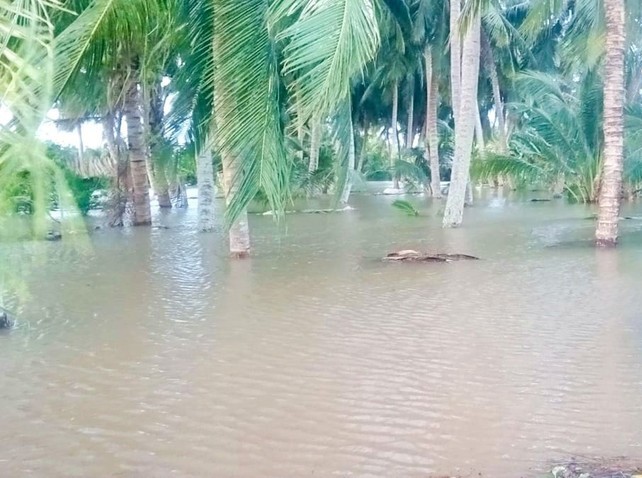
The declaration comes in response to severe erosion that began in early April, when a combination of tidal surges and strong winds created dangerously forceful currents that breached the warning level 3 threshold. The resulting damage caused multiple sections of the dike to collapse, with a total affected length of approximately 680 meters.
Specifically, eight separate breaches—each spanning around 100 meters—have inundated the entire islet, submerging land under nearly 1.5 meters of water. The flooding devastated 25 hectares of fruit orchards and aquaculture farms of 29 local households.
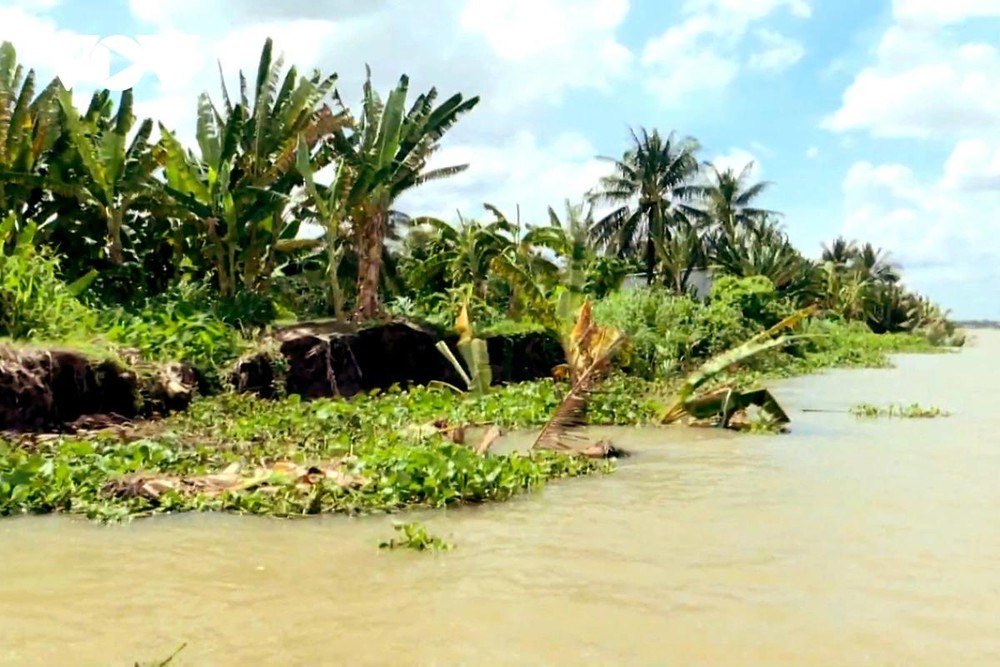
As of now, the erosion has significantly undermined the structure of the dike. The top width has been reduced to just 0.5 to 1 meter, compared to its original 3-meter span. The collapse has entirely stripped the embankment's slope and rendered the dike incapable of blocking tidal flows, leaving the area exposed to further flooding and disruption of local livelihoods.
Authorities warn that without immediate and effective intervention, the situation could escalate into a broader disaster, threatening both lives and property in the surrounding community.
According to Tra Vinh’s disaster management officials, the erosion is primarily driven by the region’s vulnerable topography and geological conditions, compounded by the frequent impact of high tides and strong water currents.
In the short term, the Cang Long District People's Committee has begun installing landslide warning signs and issuing public notices to urge residents to avoid affected zones.








